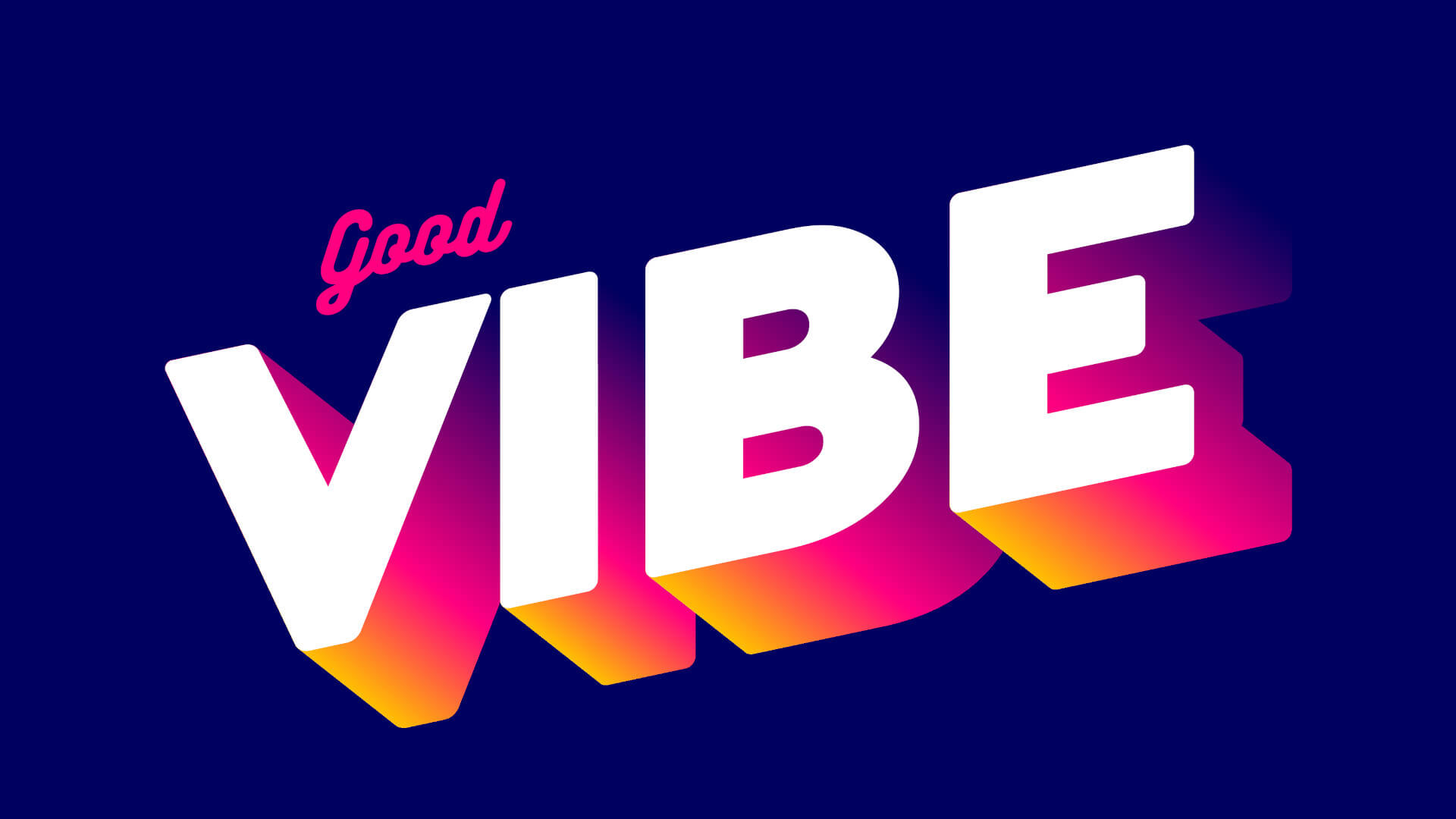By Drew Robb
Copyright thenewstack

Vibe coding — using AI to generate code using natural language prompts — has captured plenty of attention this year. It promises to accelerate software development and democratize app building for those with limited programming experience.
“Vibe coding is regarded by some as a revolution in how software is made,” said Mohith Shrivastava, principal developer advocate at Salesforce. “By describing a desired outcome in natural language, developers can use an AI agent to generate functional code, moving from idea to prototype at an unprecedented speed.”
But is it good enough for the enterprise software stack? Can this fast-and-loose, intuitive approach to coding meet the rigid, high-stakes world of enterprise applications? Can you really “vibe” your way to a secure, scalable and maintainable tech stack? Or could this trend be a fast track to accumulating a mountain of technical debt and security risks?
What Is AI Vibe Coding?
Vibe coding was coined at the start of 2025 by AI researcher Andrej Karpathy to describe harnessing an AI assistant or agent to write code line by line. Vibe coding gives the programmer more of a guiding role in the development process, steering code writing to successful completion. It is up to the supervising programmer to describe the functionality, the user interface and the behavior or the “vibe” they want, then they leave the AI agent to generate code to match the prompts with minimal supervision.
“When you apply vibe coding indiscriminately to an entire application stack, you’re not just moving fast; you’re accumulating risk at an unprecedented rate.”
— Mohith Shrivastava, Salesforce
Some go as far as advocating vibe coding agents to cover much of the software development life cycle: creating comprehensive software development plans, handling test generation and execution, and managing application deployment. Instead of just generating code, an AI partner assists across the entire development life cycle.
The reason for so much excitement around the vibe methodology is speed. Imagine going from a rough idea to a working prototype in hours? That’s why vibe coding is gaining such a following in use cases such as rapid experimentation, building minimum viable products (MVPs) and tackling certain creative challenges. However, that same speed and improvisational nature are concerning from an enterprise perspective.
“When you apply vibe coding indiscriminately to an entire application stack, you’re not just moving fast; you’re accumulating risk at an unprecedented rate,” said Shrivastava.
The Risks and Downsides of Vibe Coding
There are significant potential cons to vibe coding. For example, AI models don’t know company-specific security policies. They might introduce vulnerabilities like hard-coded secrets or use insecure, “hallucinated” packages. Either of these could cause security nightmares.
“There is also the issue of ‘spaghetti code on steroids,’” said Shrivastava. “AI-generated code is often verbose and lacks a coherent architectural pattern, creating a mountain of technical debt.”
Another concern is the illusion of progress. Vibe coding may give the impression of lightning speed. It may even get 80% of the way to a feature in record time. However, the remaining 20% may become exponentially harder. With an AI agent doing the “easy” part, the programmer will probably have to clean up a wide range of problems that make it difficult to handle edge cases, deliver the appropriate level of performance and meet compliance mandates.
Vibe code the green zone with agility, then approach the red zone by augmenting developers with powerful, context-aware tools.
There are undeniable advantages, though, if vibe coding is used responsibly. The key is not to avoid it, but to apply it intelligently in the agentic enterprise.
“When paired with tools that are built for the enterprise, many vibe coding gaps can be addressed,” said Shrivastava. “A proper enterprise-grade vibe coding solution should automatically scan for security issues, flag performance bottlenecks and provide a safety net.”
The ‘Red Zone’ vs. ‘Green Zone’ Framework
Vibe coding should never be used indiscriminately across the entire enterprise stack using a generic tool. The secret is to understand which parts of an application may be suitable for this approach and which parts demand a much higher level of trust and control.
Shrivastava suggests a green zone for vibe coding: tasks such as the presentation layer — the UI and UX. He believes this represents the perfect environment for vibe coding. You can use an AI agent to rapidly iterate and prototype user interfaces with very little risk. Speed and rapid iteration are big advantages in this zone.
The red zone, on the other hand, covers the foundational pillars of any application, such as business logic and data layers. Developers should never be replaced in this zone, but their skills can be augmented by incorporating smarter tools.
“To vibe code effectively and safely in the red zone, the developer’s expertise is paramount, but it can be supercharged by AI tools that are deeply connected to your business context — your apps, integrations and data streams,” said Shrivastava. “A generic AI agent can’t grasp your company’s unique processes, but a context-aware tool can act as a powerful pair programmer, helping a developer draft complex logic or model data with greater speed and accuracy. It’s about making the expert developer more efficient, not trying to do their job for them.”
Certain areas, like the infrastructure and security layers, remain an absolute red zone for any kind of vibe coding, he added. Allowing an AI agent to configure firewalls or identity and access management (IAM) policies without expert human oversight could bring about catastrophe. The recommended strategy is to vibe code the green zone with agility, then approach the red zone by augmenting developers with powerful, context-aware tools.
“Vibe coding is not a silver bullet that will replace disciplined software engineering,” said Shrivastava. “The idea that you can just vibe your way to a complex, secure and maintainable enterprise application is a dangerous fantasy. The smart path forward is a hybrid approach where human software skills are augmented with agentic intelligence.”
Using Enterprise-Grade Tools for Vibe Coding
Salesforce’s vibe coding solution for the enterprise, Agentforce Vibes, provides developers with the right tools for the job in both the green and red zones. For the green zone, it offers the speed and agility to rapidly build UIs and prototypes.
But its true power lies in how it augments developers in the red zone. As the tooling is deeply integrated with your business context on the platform, it can safely assist with business logic and data modeling. It’s built with the necessary guardrails and security intelligence required for enterprise-grade development.
Learn more about how Agentforce Vibes accelerates development across all stages, automates repetitive work, and helps ensure quality and scalable apps.



